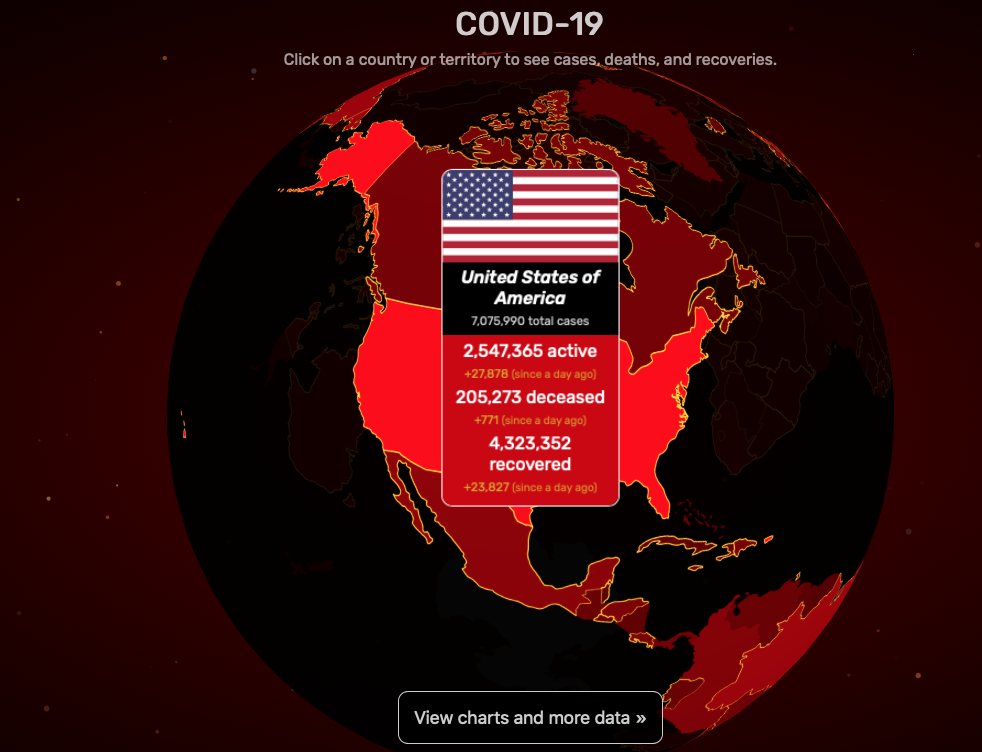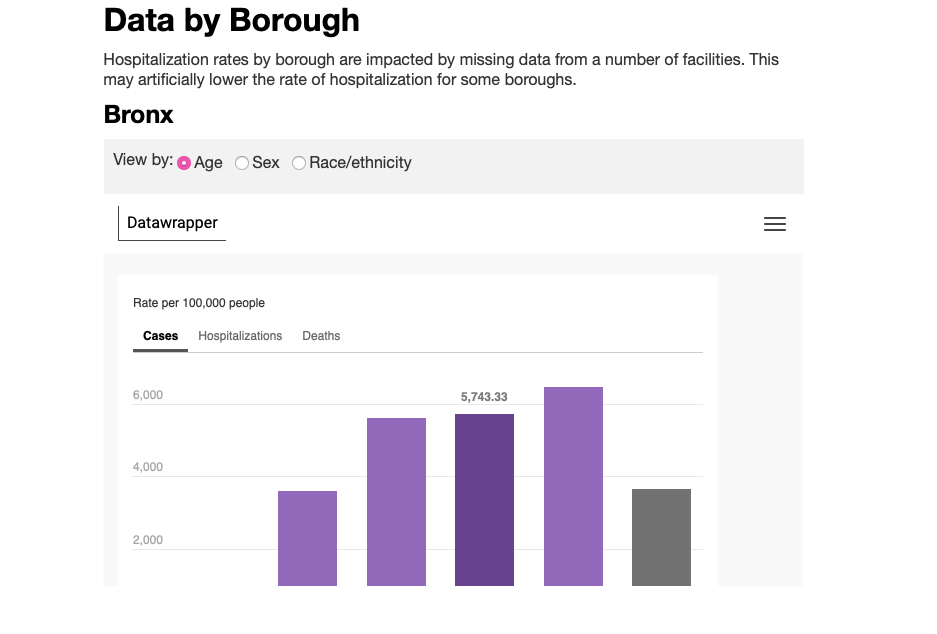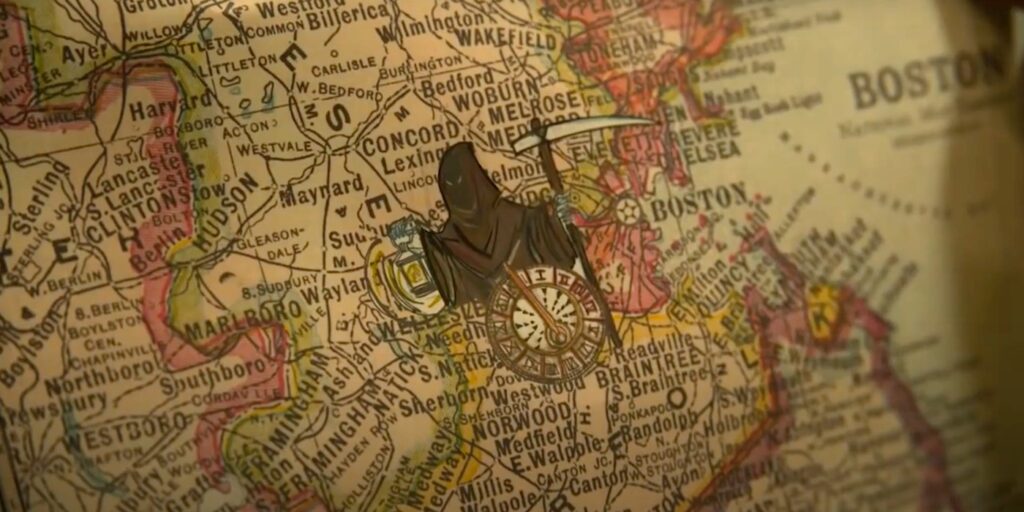From trying to connect the dots of this week’s readings, I keep coming back to Cottom’s allusion to Posner when attempting to articulate the conundrum of power in distant reading/quantitative textual analysis. Specifically, Posner asks, “What would maps and data visualizations look like if they were built to show us categories like race as they have been experienced, not as they have been captured and advanced by businesses and governments?”
In “What is Visualization?” Manovich walks us through a brief history of information visualization, noting reduction and spatiality as key tenets of the practice. According to Manovich, information visualization’s emphasis of the former “parallels the reductionist trajectory of modern science in the 19th century” that emphasized a simplified and building-block-like view of human and natural systems. But with the advent of new media and advancements in technology in general, Manovich denotes a shift in infovis practice characterized by the potential of visualization without reduction. In a very different way but with similar goals, Drucker’s “Humanities Approaches to Graphical Display” counters reductive attempts/practices of information visualization that ignore the nature of data itself as constructed from subjective capture, observation, and interpretation. In refusing realist conceptions and data and visualization, Drucker poses that “all data have to be understood as capta and the conventions created to express observer-independent models of knowledge need to be radically reworked to express humanistic interpretation.” As such, Drucker invokes a “humanistic approach” to re-imagine information visualizations as “expressive metrics and graphics” that communicate “the subjective expression of perceived phenomena.” By re-considering infovis as phenomenological experiences that necessitate reckonings of time and space, Drucker attempts to refuse the reductive conception of data (and visualization) as (instantiations of) objective fact. I enjoyed the images that Drucker provided that articulated the ways in which affect distorts individual perceptions of time and space, highlighting the “co-dependent relation between observer and experience.” I also applaud her refusal to “simply introduce a quantitative analysis of qualitative experience into our data sets,” and to instead “[shift] its terms from certainty to ambiguity,” marking her approach as less an alternative than a disruption. This approach does what Jess Marie Johnson claims as necessary to good visualization, in that it “asks provocative questions that leave users with more questions than answers.”
However, while Drucker considers how visualizations that index gender are grounded in assumptions of gender itself, she (perhaps necessarily) leaves out articulations of how categories of race, gender, and sexuality orient subjective experience, and how that might be visualized. This is a bit disappointing, for as Cottom makes clear, it’s imperative that the power relations these categories undergird are thought through. From reading her piece, I assume that if given this task, Drucker would articulate these categories as animating the affective, and thus spatio-temporal, experiences of certain individuals differently, given how one may encompass intersections of these categories, thus highlighting the subjectivity of these experiences—to which I would argue that such an analysis is not enough. To aptly illustrate how the minoritized move through the world, visualization must also interrogate how these categories determine (claims to) relationality itself, which I don’t think Drucker, nor Manovich, reckon with enough.
As philosopher Axelle Karera posits in “Blackness and the Pitfalls of Anthropocene Ethics,“ relationality is “inherently not only a position that the black cannot afford or even claim. The structure of relationality is essentially the condition for the possibility of their enslavement.” In this vein, I would argue that Drucker’s inability to articulate/elision of race into her approach is due to humanism’s dependence on the subject-object dichotomy; for, as Drucker states, “the humanistic concept of knowledge depends upon the interplay between a situated and circumstantial viewer and the objects or experiences under examination and interpretation. That is the basic definition of humanistic knowledge, and its graphical display must be specific to this definition in its very foundational principles.” However, there is no interrogation of who has historically been deemed subject or object. Indeed—in thinking through Karera and other scholars like Calvin Warren and Saidiya Hartman—if you’re considering the history of the Black, then you must recognize its entanglement of existence with the category of “the object” or “the thing” to begin with. It’s impossible, then, for visualization to assume a humanist approach that includes the Black, and articulates an alternative to (racial-hierarchical) relationality, when it cannot presume the Black as subject in the first place. A humanist approach that centers subjective experience cannot elide the force of race as [Human]ism’s orienting principle.
In fact, a humanist-phenomenological approach to the Black may not be an accurate one at all: In discussing her book Wayward Lives, Beautiful Experiments with fellow Black studies scholar Rivzana Bradley, Saidiya Hartman elaborates that her piece considers “ways to think about collective life outside of the subject-object distinction by attending to the deep, shared embodiment of promiscuous sociality, to be situated in the urban sensorium in a way that exceeds and undoes the very notion of subjective interiority… to think about these forms of intimacy and sociality, as opposed to the experience of an individual in the world.” As opposed to Druckers, Hartman, in her work, displays an acute awareness of how co-dependence/entanglements are shaped by categories of representation and Human hierarchies. Thus, if we are to take up Johnson’s question—if “multidimensional data visualizations or polysingular… renderings of the Thurston or Affir family trees better capture the dense networks of kin, mutuality, and precarity at play in bondage”—then perhaps we need to think whether there can be a humanist approach to visualization that can take up networked formations, yet refuse the subject-object dichotomy—and whether that can be called a humanist approach at all.
The subject-object dilemma also becomes apparent in Guiliano and Heitman’s piece as they critique the open-source data movement and the susceptibility of Native images “to infinite and unanticipated refraction…the endless internet remix and/or misuse.” In their interrogation of the 2013 project “Performing Archive: Curtis + The Vanishing Race,” the authors note how the project’s team ironically reproduces the very (colonial) acts of de-historicization/contextualization that they claimed to counter, by re-centering the archive for their own gain. The authors articulate the problem of the project—and of open access writ large—as its refusal to engage with the objects’ producers (here Native Americans) and contexts of production, while treating their objects/knowledge as a commons—effectively reproducing colonial logics that degrade “Native people as “prop” or an object upon which history and historical actors act” (italics added). The Native person as object and white person as subject, in this way, highlights humanism’s subject-object dichotomy as oriented by categories of representation: Questions of who uses (or visualizes) the commons and who is the commons are answered by racialized economies of dispossession, historically upheld by centuries of white violence.
Overall, what Guiliano and Heitman’s piece reveals to me, when understood in tandem with my reading of Drucker, is that perhaps questions of race in regards to data acquisition, mapping, and/or visualization necessitate an ethics of opacity and non-relationality—the option to refuse vis-/ibility/ualization that does not sufficiently articulate under whose terms information will be deployed. While an acknowledgement of data’s subjective construction is indeed necessary, an ethics of opacity troubles why visualization is necessary in the first place, and who the ones doing the visualizing are.









